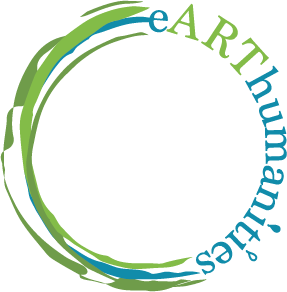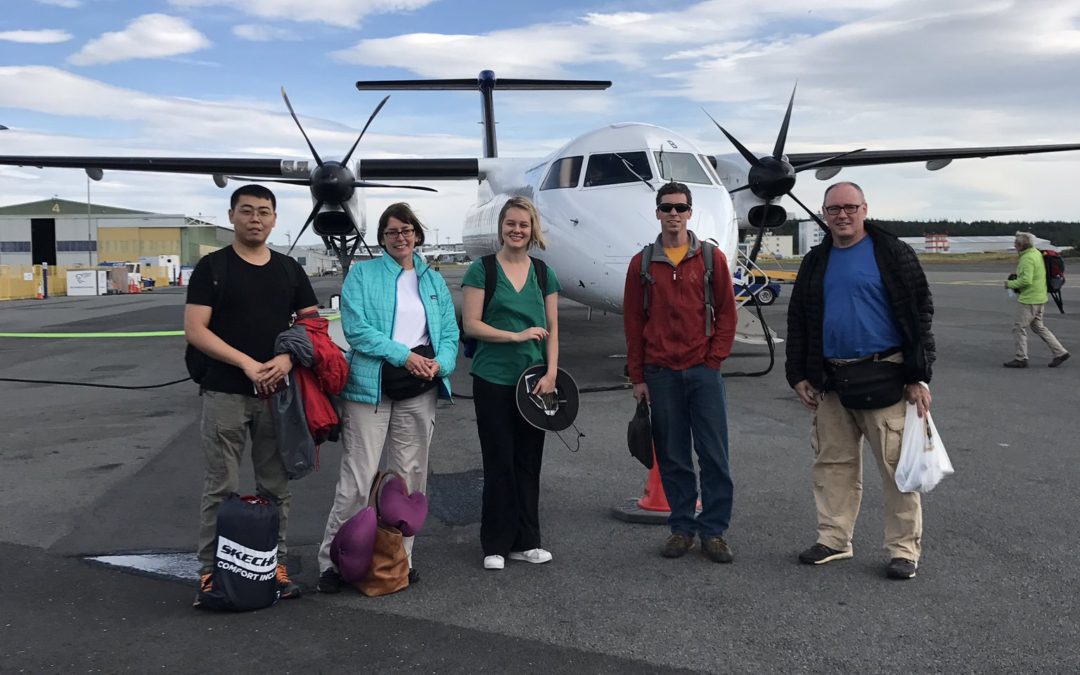This summer I joined Professor David Holland and his team from NYU Abu Dhabi’s Centre for Sea Level Change in an eye-opening expedition to Greenland. For five days we went aboard the icebreaker Adolf Jensen to deploy new moorings and maintain perviously deployed moorings along the Greenland continental shelf. The moorings consisted of multiple scientific instruments like tsunameters that detect tsunamis and CTDs which measure conductivity, temperature, salinity and depth of surrounding ocean environment. During that time we moved from serene mirror-like waters closer to the continental shelf, to the rocky one meter waves in the steely grey high-seas. This was a huge change for a newbie like me, but a change the captain said was nothing compared to the notorious 10 meter waves his crew go through on their way to West Greenland. Along the way, the crew and I were fortunate enough to see multiple pods of Hunchback whales and one spotted seal sunbathing on one of the many icebergs in our path.
As an Art and Art History major I have always wondered how I could merge my interests in climate change with my visual arts background, and my trip to Greenland allowed me to see the multiple avenues in which artists and scientists can and should collaborate to further document and effectively communicate climate related issues to a broader audience. One distinct take away I got from the expedition is that occurrences in the ocean do not happen at a local level- everything is connected and its good to think of the ocean as a unified body. The repercussions of the Greenlandic glaciers melting can potentially be felt as far as here in Abu Dhabi.
Maya Adams
New York University Abu Dhabi, Class of 2018

